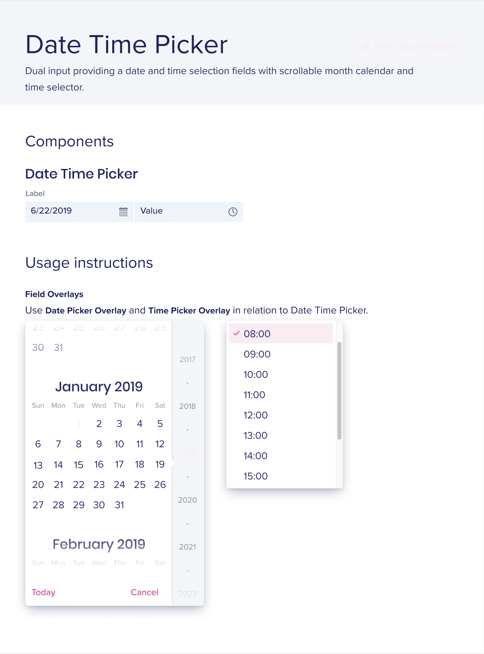Why Design Systems
As a User Experience Designer, I have experienced the benefits of using a design system with reusable components to enable rapid high-fidelity prototyping, which among other enhancements, allows companies to quickly launch products, measure their impact by testing with real users, and deliver high-quality designs faster. I have also experienced working for companies that do not want a design system and have felt and seen the negative impact that neglecting one has when designing systems at scale.
What Is A Design System?
A design system is a set of reusable components, guided by clear standards, that can be put together to build any number of applications. Think of a design system as a big box of Lego pieces that can be put together in numerous ways. Like Legos, design systems ensure consistency and cohesiveness for whatever you are trying to build.
Business Benefits Of A Design System
- Increased productivity which allows designers to create your idea quickly.
- Faster iterations, which can speed up the design process and allow repeat testing with users to receive feedback and then iterate on the feedback and test again.
- Creates a competitive advantage, since design happens faster with a design system in place, companies can beat the competition to market.
- Saves time by reusing components that are already designed and tested on users
- Saves design decision time since designers already know the “why things have been designed this way”
- Saves time for current designers on the project when onboarding new designers and developers.
- Allows developers to work more autonomously since components are readily available.
- Easier & less frustrating design-development handover.
- Faster to update a component and roll across to all products.
- Aligns the products of a company while also aligning services and teams along with a common purpose and shared set of quality standards.
- Strengthens brand image.
- Reduces the learning curve for users since they will already be accustomed to consistent and predictable interfaces.
- More time for exploration, discovery, user research, and thinking through flows.
- Less time wasted, increased productivity.
- Leads to an increase in accessibility (often difficult to get prioritized) by using rules that all components must be accessible to the broadest range of your potential customers.
What does it look like if we re-interpret or translate these benefits into a format that provides business outcomes?
- Efficiency
- 36% faster to market, for new features and products
- Maintainability
- 42% less ongoing maintenance cost for the business
- Consistency
- 18% fewer support requests, resulting in one less person per support team
- Accessibility
- 12% potential user-base increase, unlocking further revenue streams
- Scalability
- A stable foundation that will support the next 5 years of feature growth
*Source: Designer Laura Van Doore
Ready to Take the Next Step?
Predictive UX (PUX) is a services firm focused on product strategy and human-centered design for data-driven products. We work alongside our clients to define business and user needs and iteratively design solutions to meet those needs while sharing our knowledge and expertise to mature organizations on their digital transformation journeys. Schedule a discovery session if you’re ready to talk about your next project.






.jpg)